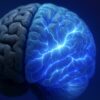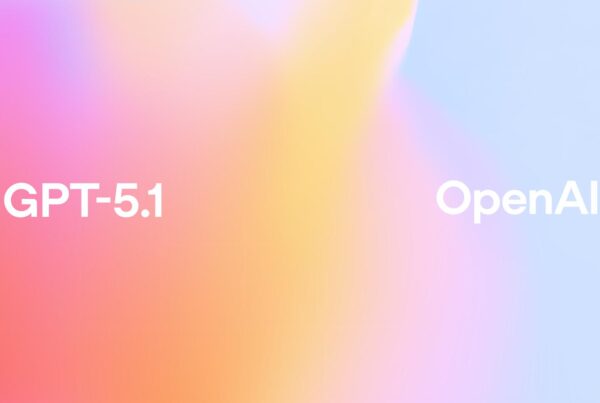Neural networks have become the focus of attention in OpenAI's latest research, which aims to make how artificial intelligence works easier for humans to understand. Research titled Understanding Neural Networks Through Sparse Circuits This highlights a new approach that reduces the density of connections within AI models so that their internal behavior can be traced transparently. That approach is considered important because many modern models have very high complexity, making the decision-making process difficult to trace.
This article describes how researchers attempt to create a simpler structure in the model so that each part can be analyzed like a small electronic circuit. This transparency has become a strategic issue, especially as AI models are increasingly used in critical decisions such as cybersecurity, health, and public policy.
Background of the increasing need for AI transparency
In recent years, large language models have advanced rapidly. Its complexity makes various parties question how certain decisions are made. Many global regulators, including the European Union and United States research institutions, have begun to highlight the lack of internal explanations of the model that underpins digital products and services.
This OpenAI research has emerged in response to that challenge. The researchers want to build a technical foundation to examine the model's structure in a more measurable way. In this way, the model's behavior can be mapped, not merely observed as the end result.
Complexity of modern neural networks
Modern models are built with billions of parameters and dense connections. When a model processes text, it does not just trigger a single neuron, but thousands of neurons that work in concert. This makes it difficult to trace the internal logic. Many experts refer to this obstacle as the "black box" of artificial intelligence.
OpenAI researchers believe that the challenge must be solved by changing the model architecture itself. Using a simpler approach allows researchers to trace every step taken by the neural network when carrying out a particular task.
Direct impact on the development of AI
The ability to explain the model's decisions is believed to be able to drive broader adoption. Developers can verify whether the model makes consistent errors, understand the biases that arise, and design improvements with a more precise approach. In addition, this approach supports the industry's need for a more stringent AI audit.
A new approach builds a model that is more sparsely connected.
OpenAI research emphasizes that models can be made more transparent by making them more 'sparse'." That means, most of the connections between neurons are made inactive or zero. The model is no longer dense, but rather forms a simple circuit with separate logical paths.
In the sparse model, every function is easier to map. For example, one part of the network is responsible for recognizing certain patterns, while another part handles memorization. With fewer connections, each neuron performs a more focused task, so the model's activity can be analyzed step by step.
Working principle of a sparse model.
A sparse model works by activating only a small subset of neurons at certain times. When the model receives input, only the relevant paths light up. In doing so, researchers can identify the circuits responsible for a particular task without having to examine all of the model's parameters.
This approach also helps reduce the phenomenon of multifunctional neurons, namely the condition in which a single neuron has a variety of different functions simultaneously. In a dense model, this condition often occurs and makes it difficult to identify the internal function.
Testing through simple programming tasks
OpenAI is testing a sparse approach by giving simple tasks such as closing quotation marks in text. The model must detect whether the opening quotation mark is double or single. After that, the model must copy back the same quotation marks at the end of the sentence.
Through this testing, the researchers found that the model only requires a handful of neurons and a single attention operation to complete the task. The arrangement is clear, separated, and easy to trace. This finding is considered important because it shows that the AI model can be analyzed structurally without losing its basic capabilities.
Efficiency and clarity increase significantly.
The sparser a model becomes, the easier it is to explain without drastically sacrificing performance. Researchers emphasize that large sparse models still have high capabilities, but are far more transparent than dense models. Nevertheless, research also acknowledges that if the sparsity level is too high, the model's ability may decline.
Further challenges and directions for future research
Although the results of this research are promising, the research is still in its early stages. The tested model is much smaller in size than production models such as GPT-5. Researchers say that many internal parts of large models still cannot be explained structurally.
The next challenge is to create a method capable of extracting sparse circuits from an existing large model. The goal is not only to train a sparse model from scratch, but also to discover structured sequences hidden inside the dense model. This approach is expected to make large models safer to use in high-risk situations.
The role of the global research ecosystem
Many stakeholders believe that AI transparency requires cross-disciplinary collaboration. OpenAI's research becomes a starting point that needs to be expanded by mathematicians, computer scientists, and even regulators. The ability to understand neural networks more deeply will open up opportunities for the design of more ethical and accountable models.
Relation to global technology regulation
Developed countries are pushing regulations that require algorithmic explanations for certain AI systems. The sparse circuits approach can be a technical framework that helps the company meet those requirements. If the line of reasoning can be explained, audits and risk assessments will be more likely to be carried out.

Ultimately, this research confirms that a new approach to designing AI models can create a system that is not only robust, but also explainable. Amid the growing demand for transparency, the effort to understand the internal workings of neural networks becomes a crucial foundation for the future of artificial intelligence.
This research also opens up opportunities for deeper exploration for developers who want to ensure that their digital products are safer, more stable, and accountable. Readers can continue exploring through other articles on Insimen to understand how this technology is applied in modern industry.















